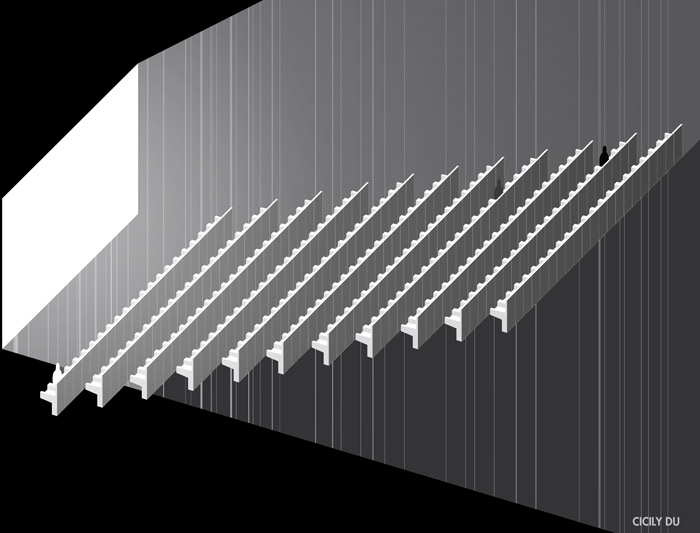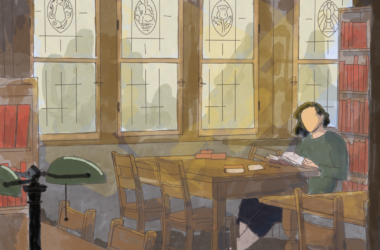Three weekends into its theatre run, Andrés Muschietti’s It continued to lead the box-office with an impressive $29.8 million three-day total. Simultaneously, Darren Aronofsky’s mother! kept collecting dust with a meek $3.3 million in its second weekend despite strong TIFF word-of-mouth and Jennifer Lawrence’s star power. Both films are critically-acclaimed, classified horror, and aimed at the same demographic, which begs the question: Why the discrepancy? Simple: Although they had similar marketing, they lie at polar opposites of the horror spectrum.
Ever since the unexpected success of David Robert Mitchell’s It Follows (2015), “post-horror” has slowly been creeping out from the dark corners of the American art-house scene, establishing itself as a bona fide cultural phenomenon. Mood-oriented, slow, quiet, uncomfortable, amoral, and uninterested in clear answers, the movement represents a drastic departure from the loud, exposition-heavy, and jump-scare-riddled horror movies to which the public has become accustomed. Indeed, post-horror wide-releases like The Witch (2016), It Comes at Night (2017), and The Neon Demon (2016) have little to do with the likes of crowd-pleasers such as The Conjuring (2013), Paranormal Activity (2009), Insidious (2011), and their respective sequels. While critics could not be happier, audiences are divided. According to the polling website Cinemascore, moviegoers attributed a “D” average to It Comes at Night, while mother! joined the select club of “F” graded films. By means of comparison, the regrettable 2013 3D remake of the Texas Chainsaw Massacre scored a C+.
Aside from the fact that post-horror is a more challenging experience than the standard genre fare, the public’s overwhelmingly negative response could be attributed to distributors’ inability to pinpoint the sub-genre’s audience, and the dishonest marketing campaigns ensuing from this dilemma. For instance, take the trailer for Robert Eggers’s The Witch: It features creepy children, possession, hints of bloody action sequences, and paranormal activities. The two-minute, heart-pounding sequence does nothing to prepare viewers for this slow-burning exercise in discomfort. Sure, it is a remarkable achievement in filmmaking. But when one pays $14 for what is sold as a new take on The Blair Witch Project (1999), only to be greeted with Middle-English folktales and carefully crafted stills of grasslands, there is sure to be disappointment.
In addition, there is widespread debate about what a horror movie should be. Variations on “it is suspenseful […] but in no way horror” riddle the public- review pages of the above-mentioned films. Unfortunately, none of these amateur critics laid down what they mean by “horror.” Likely, most filmgoers have a very narrow definition of the term, one that probably includes the physical presence of a frightening antagonist, sequences that will make them jump off their seat, and multiple bloody deaths. However, that is not what horror, by definition, entails. Horror is defined by “an overwhelming and painful feeling caused by something frightfully shocking, terrifying, or revolting.” As such, horror should be a difficult, disorienting, draining experience. It should push moral boundaries, ask uncomfortable questions, and inspire heated arguments. If that is indeed what horror means, then post-horror is more “horror” than any number of Paranormal Activity sequels.
Distributors are stuck with a dilemma. Either they trick more movie-goers into seeing a film they likely will hate, or they aim at the right audience and pray they make their money back. Personally, I find a third option more compelling: Educate viewers through fair, global marketing campaigns, and keep pushing for wide releases. It might take a while before it pays off, but if they are set on making post-horror a long-term profitable venture, studios have no other option. Maybe then Aronosfky will outsell the reboot of the hour.








